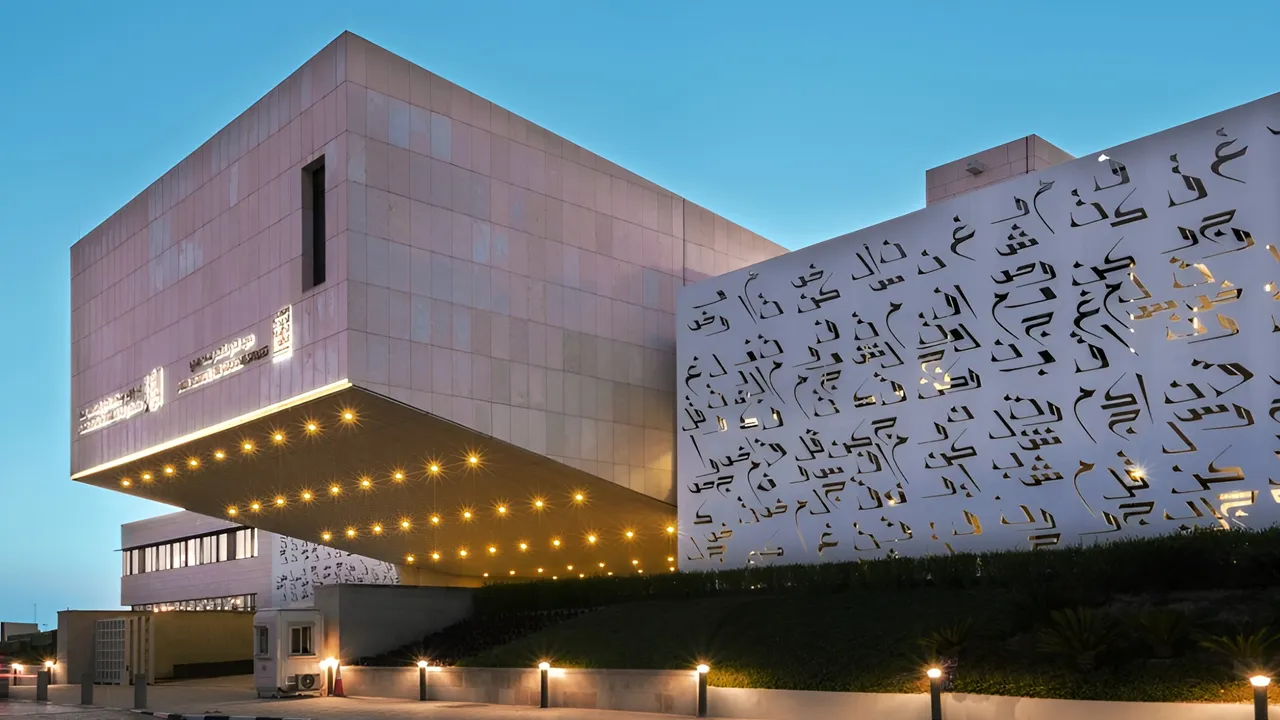As Morocco’s central bank, Bank Al-Maghrib (BAM), develops its Central Bank Digital Currency (CBDC), the “e-Dirham,” the initiative is being hailed as a transformative project that could reshape the nation’s economic future. In a recent interview, economist expert Aicha El Alaoui provided an in-depth look at the project’s potential to establish Morocco as a regional model for financial modernization, inclusion, and sovereignty.
By the Numbers
The e-Dirham initiative is progressing through a measured and strategic rollout:
- First Pilot Complete: BAM has already conducted its first pilot, focusing on peer-to-peer retail payments.
- Next Phase: The central bank is now preparing for a new phase of experimentation centered on cross-border payments, in partnership with the Central Bank of Egypt and with support from the World Bank and the IMF.
A Strategic Vision for Financial Inclusion and Sovereignty
The e-Dirham is a strategic lever for modernizing Morocco’s monetary system, with far-reaching implications. According to El Alaoui, the most immediate beneficiaries would be Morocco’s unbanked population, who could access secure financial services with just a mobile phone. This would particularly benefit those in the informal sector and in rural areas, reducing dependence on cash.
In an era of private cryptocurrencies, the e-Dirham also represents a crucial defense of monetary sovereignty. “The e-Dirham would constitute a bulwark against competition from private crypto-assets and the risks of digital dollarization,” El Alaoui notes. By anchoring digital transactions within BAM’s scope, Morocco can preserve the primacy of the dirham and strengthen control over financial flows.
Transforming Cross-Border Payments and African Integration
Perhaps the most revolutionary aspect of the e-Dirham lies in its potential for international transactions. El Alaoui envisions faster, cheaper, and more transparent transfers between Morocco and other countries, particularly in Africa. The partnership with Egypt could pave the way for intra-African digital corridors, boosting trade and consolidating Morocco’s position as a strategic financial hub between Africa and Europe. This integration could support major continental projects and strengthen Morocco’s position as a continental financial hub by reducing dependence on the dollar and euro.
Navigating the Risks and Building the Ecosystem
Despite its promise, the e-Dirham faces significant challenges. El Alaoui identifies cybersecurity as a key risk, as the centralized nature of the currency could make it a target for sophisticated attacks. She also points to the economic risk of bank disintermediation, where deposits could transfer to the central bank, reducing commercial banks’ lending capacity. To mitigate these risks, she advocates for a prudent, hybrid distribution model—already proven in China and the Bahamas—which would rely on commercial banks to distribute the e-Dirham, preserving the banking ecosystem while fostering innovation.
Source: Morocco World News














